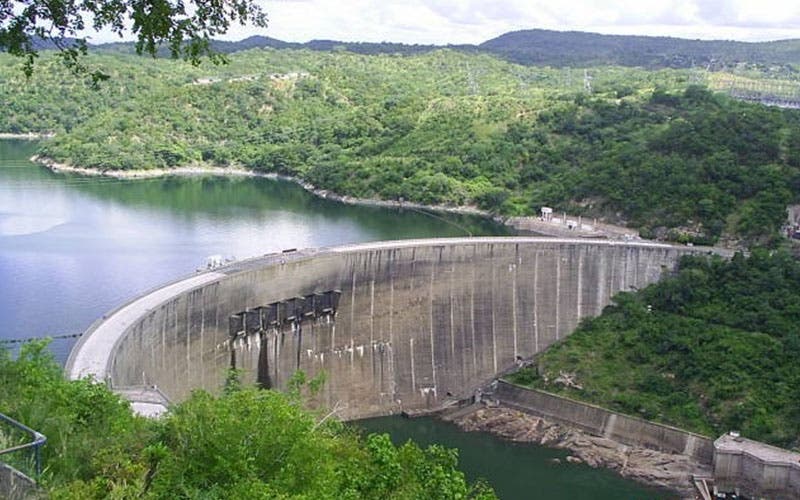Zambia Increases Load-Shedding To 12 Hours a Day!

The water levels in Kariba Dam are dangerously low, mainly due to climate change-induced irregular rainfall patterns. The dam is shared between Zambia and Zimbabwe. The dam hosts hydropower generation plants for both countries. The installed generation capacity on the Zimbabwe side is 1,050 MW. On the Zambian side, the installed generation capacity is 1080 MW.
In December of last year, the Zambezi River Authority (ZRA), the body that manages and regulates water usage at the Kariba Dam, announced that the water levels in the dam were now dangerously low. The ZRA issued a statement saying it had directed the two power companies, ZESCO in Zambia and ZPC in Zimbabwe, to reduce generation at Kariba. ZESCO Limited on the Zambian side was asked to reduce generation at the Kariba North Bank Power Station to 800 MW maximum. ZRA directed Zimbabwe Power Company (Link) reduce power generation to a maximum of 300 MW.
ZPC had used more of its water allocation for the year at Kariba compared to ZECSO as Zimbabwe’s aging coal power plants are struggling and therefore Kariba dam had to do most of the heavy lifting. The old units at Zimbabwe’s main coal power plant, Hwange, have an installed capacity of 920 MW, but generally hover around 300 MW. Zimbabwe also has small thermal power stations in Harare, Bulawayo, and Munyati that each have an installed capacity of close to 100 MW, but mostly oscillate between 0 MW and 10 MW. Therefore, the power utility had no option but to really make Kariba do most of the work. Meanwhile in Zambia, they recently commissioned new generation capacity at the new Kafue Gorge Lower (KGL) hydro plant. The addition of the 750 MW Kafue Gorge Lower (KGL) hydro project, which was constructed at a cost of approx.$2.3 billion, meant that until recently, Zambia had excess generation capacity of 1,156.8 MW. This meant that they could manage the water usage at Kariba more effectively.
But the situation has only gotten worse since early December and the water levels in Kariba are now even lower. Therefore, today, ZESCO Limited announced that it has to adjust the hours of load-shedding to twelve (12) hours daily with immediate effect until further notice. This is up from the 6 hours of load-shedding per day announced in December. ZESCO says “The Corporation’s ability to meet power demand remains constrained by the drastic reduction in available water in the Kariba reservoir for electricity generation at Kariba North Bank Power Station. At present, the power station’s generating capacity has been reduced from its installed 1080MW to below 400MW. Furthermore, the 150MW generator outage at Maamba Collieries Limited Power Plant for routine annual maintenance from 4 January until 20 January 2023 has exacerbated the situation.”
This is the second time in just a few years that Zambia has had to introduce 12 hour daily load-shedding cycles. Zimbabwe is in the same boat (actually even worse) as the power company there has had to implement 18 to 20 hour load-shedding in 2019 and again from late last year up till now. Further south, South Africa has also been implementing load-shedding for several hours a day. This is due to frequent breakdowns at its aging coal power plants. The Southern African region is facing a serious electricity crisis and needs to start working on some urgent solutions.
Image courtesy of ZRA

Sign up for CleanTechnica's Weekly Substack for Zach and Scott's in-depth analyses and high level summaries, sign up for our daily newsletter, and follow us on Google News!
Whether you have solar power or not, please complete our latest solar power survey.
Have a tip for CleanTechnica? Want to advertise? Want to suggest a guest for our CleanTech Talk podcast? Contact us here.
Sign up for our daily newsletter for 15 new cleantech stories a day. Or sign up for our weekly one on top stories of the week if daily is too frequent.
CleanTechnica uses affiliate links. See our policy here.
CleanTechnica's Comment Policy

